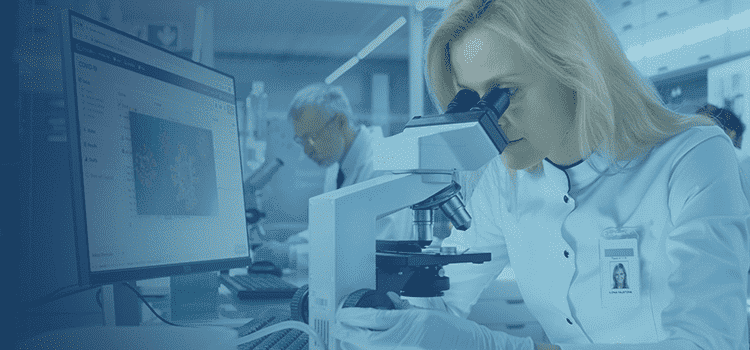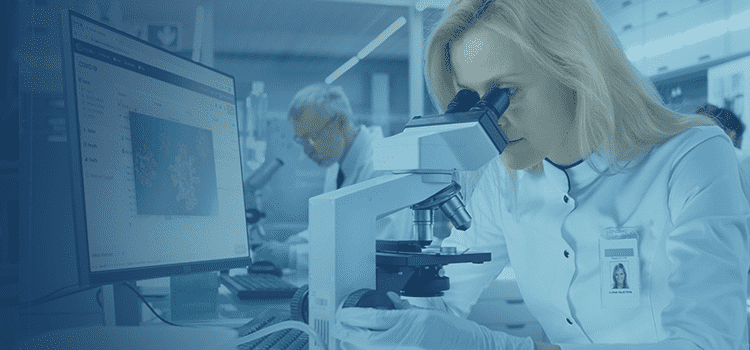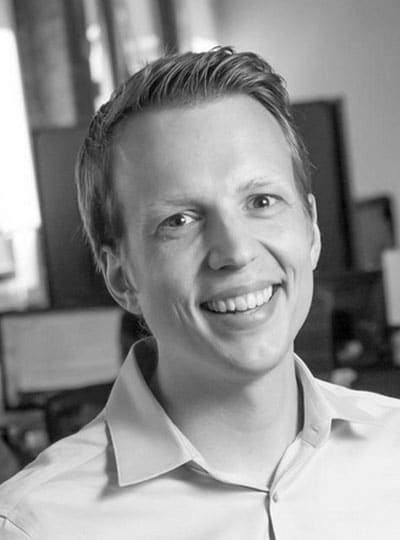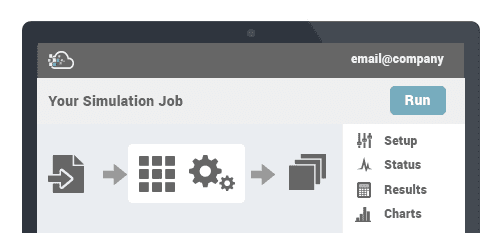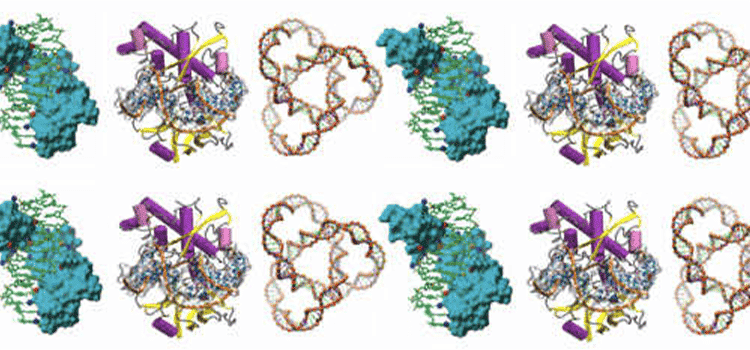Calling All COVID-19 Researchers: We Want to Help
As COVID-19 spreads, researchers, engineers and scientists are in a race against time. That is where supercomputers come in. These near-unlimited compute resources speed up simulations and calculations: the more compute power you have, the more time you can save. Historically, supercomputers have traditionally been limited to people who are physically close by. But as COVID-19 forces more people to work remotely, cloud supercomputers create power that can be accessed anywhere, empowering the best engineers, scientists, and researchers to collaborate in real-time from anywhere in the world.
To help deliver this capability to the community, we are excited to announce that starting today, Rescale, Google Cloud Platform, and Microsoft Azure will fund millions in computing for those working on COVID-19 research. Our goal is to provide scientists and researchers everything they need to run life sciences simulations, from simulation workflow automation to the underlying compute and storage resources, to accelerate a fast path to combating the disease.
Cloud supercomputers, or high performance computing (HPC), can be used to model how the virus spreads in the population, develop test kits, and to create vaccines. Scientists and researchers are already making strides harnessing high performance computing in an attempt to tackle this pandemic. But there’s more we can do to accelerate time to market and help eliminate friction. We can make it easier to get use cases and workflows enabled on the cloud. We can make it easier to eliminate technical barriers and cost limitations to maximize scale and performance.
With this effort, Rescale supports each of the computational methods below to help researchers to automate workflows and take advantage of cloud computing resources:
- Model outbreak scenarios with large-scale COVID-19 simulations, to forecast coronavirus spread and inform public health policies
- Accelerate development of COVID-19 test kits to help computationally design tests mapped to the genetic data model of COVID-19
- Identify genomic variants which predispose individuals to resistance or progression of COVID-19 to help combat the disease
- Bionano: Bionano Genomics Will Be Used in Research Identifying Gene Variants that Contribute to Coronavirus Disease Susceptibility
- Accelerate development of a COVID-19 vaccine by inhibiting the virus’ replication
If you are a scientist, researcher, or someone who might be able to support accelerated COVID-19 research, please visit techagainstcovid.com or reach out to our team at support@techagainstcovid.com and we will respond quickly to explore how we can best support you. Together with our cloud partners through supporting computational efforts related to COVID-19, we hope to help slow the spread of the virus and accelerate our time to a vaccine.
A special thanks to the leadership teams of Google, Microsoft, and M12 for their quick and decisive action to support an initiative that we hope will make an immediate impact in addressing the global COVID-19 pandemic.
For more information on how we are handling COVID-19 as a company please see Rescale COVID-19 Message from the CEO.
We are excited to join this global technology initiative to help address this enormous challenge together.
Joris Poort

